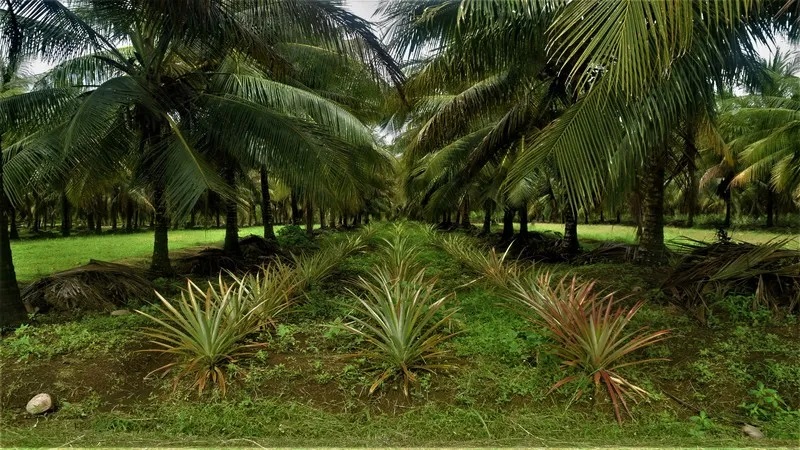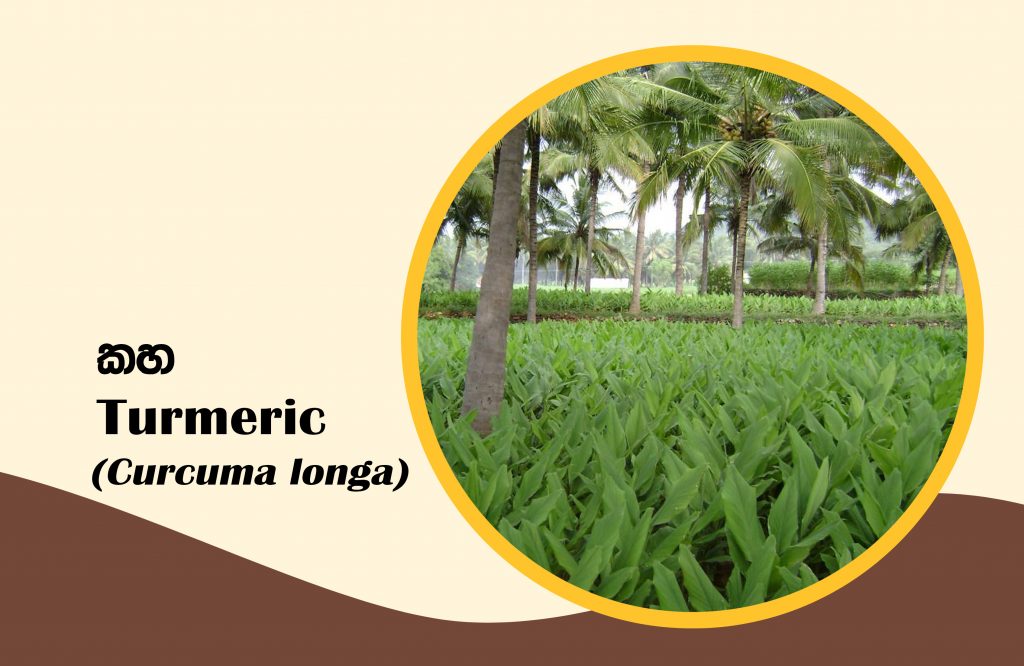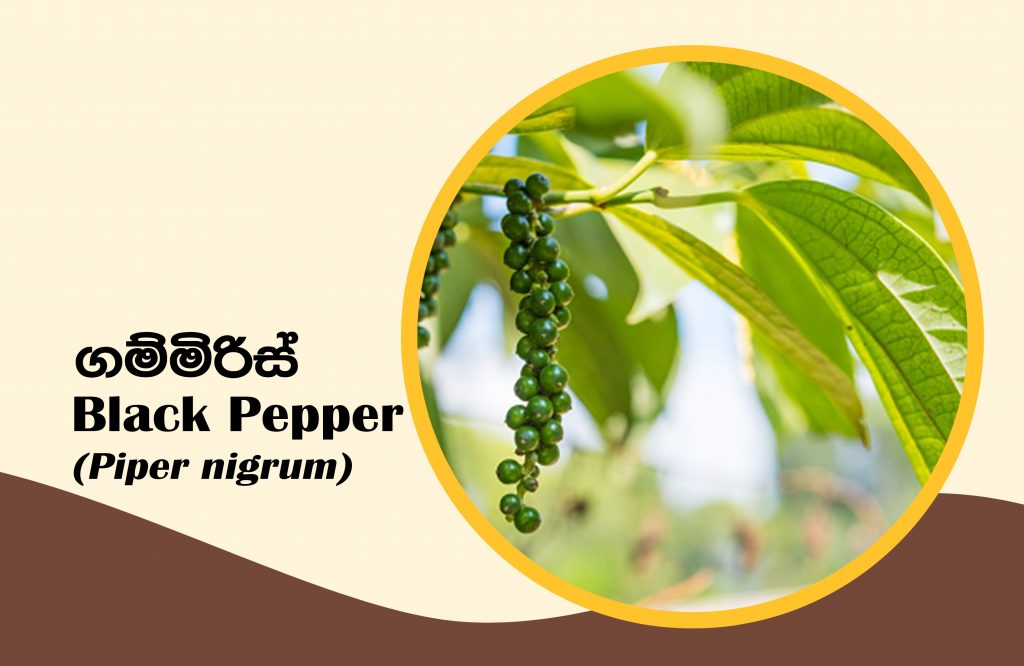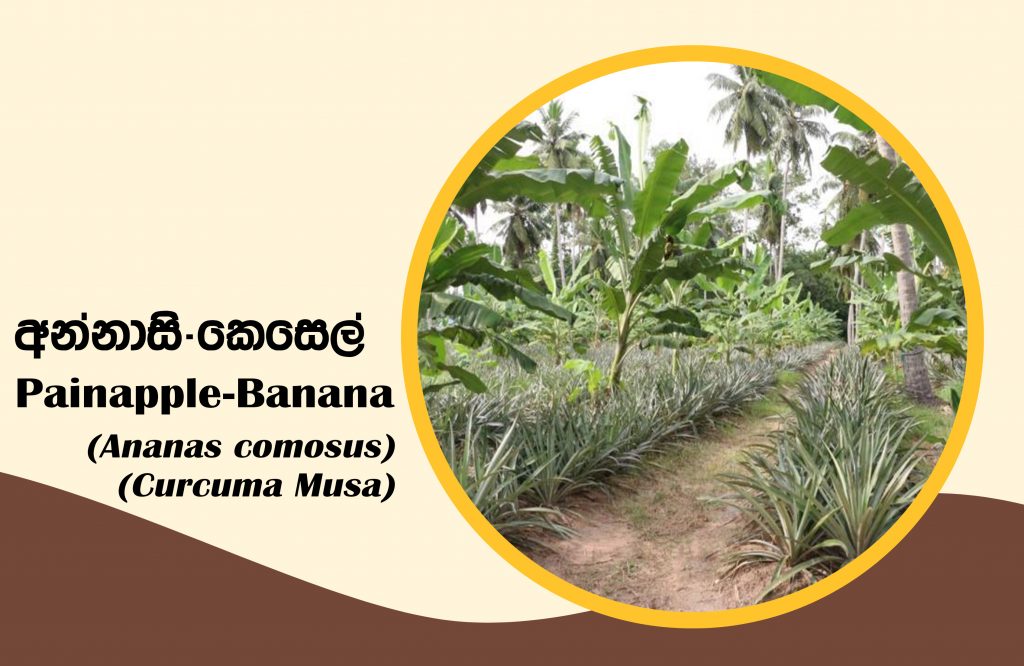“Kapruka” holds a special place among the plants that bring great benefits to Sri Lankans. Coconut, the country’s main export crop for a long time, has been cultivated on a large scale in our country, but the last two decades have seen a decline in coconut cultivation due to various unfortunate reasons, and it continues to be so today. Also, the main problem faced by the growers is that the income is not enough to cover the expenses incurred for the management of the coconut plantation. In addition, maintaining the majority of coconuts as a single crop has led to a decline in economic benefits.
As a solution to this problem, intercropping with coconut cultivation is of great benefit. Maximum productivity of the land can be harvested as well as the economic status of the coconut grower can be maintained to some extent or at a stable level during the period when the price of coconut is declining due to intercropping.
Will intercropping be a problem for coconut cultivation?
Currently, coconut is grown in most parts of Sri Lanka at 20 x 20 feet or 26 x 26 feet spacing. Only 25 percent of this land is utilized for the coconut tree. The remaining 75% can be used for intercrops. Therefore, space does not pose much of a problem when cultivating intercrops under coconut.
BUT
- Coconut trees absorb a high amount of nutrients and cultivating intercrops can cause a conflict between the coconut tree and the intercrop for these nutrients.!
- As a coconut tree absorbs a large amount of water from the soil, there is also competition for water between the coconut and the inter-crop.!
- Sunlight causes this problem when there is no proper spacing between the coconut trees. The reason for this is that the sun does not reach the ground properly due to the branching between the nearby coconut trees.!
However, these conditions are avoidable barriers and by taking proper care, intercropping with coconut can be done successfully. To this end, it is necessary to select the most suitable coconut lands for intercropping, manage coconut cultivation at regular intervals and apply fertilizers in the recommended manner for coconut cultivation as well as for intercrops intended for planting. In addition, intercropping can minimize competition for water and nutrients by avoiding the root zone, which is 6 feet from the coconut tree.

Crops For intercropping?

Generally, the crops that are selected for cultivation with coconut land are divided into 3 categories namely annual (seasonal crop), semi perennial and perennial.
A) Annual crops
- The duration of these crops does not exceed one year.
- This includes ginger, turmeric, manioc, potatoes, sweet potatoes and vegetables such as fennel, cucumber and chili.
B) Semi-perennial crops
- The duration of these crops is 2 to 5 years.
- These include pineapple, bananas, oranges, papayas, beets and radishes.
C) Perennial crops
- The duration of these crops is more than 10 years.
- These include cocoa, coffee, pepper, cinnamon, tea, cloves, avocados, nutmeg (rarely), rambutan, mongoose, lime, aliphatic and grass.
Key points to consider for successful intercropping
1. Plant nutrients
Both the coconut tree and the intercrop need nutrients for uniform growth as well as a successful harvest. Therefore, recommended plant nutrients should be provided for coconut cultivation as well as intercrop cultivation. If the recommended fertilizer for the intercrop is not available, it will absorb the fertilizer required for the growth of the coconut tree. It affects the growth of the coconut tree and the growth of the intercrop. Different amounts of fertilizer are available for each by-crop and will be published in detail in the following articles.
2. Soil
Fertile soil should be selected for intercropping and soil characteristics such as soil texture, drainage rate, water retention capacity, field capacity, soil pH, cation exchange capacity should be taken into consideration. There are different soil characteristics for each intercrop and they will be published in detail in the following articles. For example, pineapple, a major by-product, grows well in waterlogged gravelly soils, while cinnamon prefers sandy soils.
3. Rainfall and climate
In selecting intercrops for cultivation, it is imperative to be aware of the rainfall pattern in the area. In this case, the water requirements and the rainfall distribution should be adjusted to some extent to suit the different growth stages of the selected intercrop. In addition, it is necessary to find out what kind of climatic zone the proposed area for cultivation is located in. The following intercrops are recommended for coconut plantations located in each of these climatic zones.
A. Wet zone
Annual rainfall – 2300 – 5100 mm

B. Wet-intermediate zone
Annual rainfall – 1600 – 2300 mm

C. Intermediate dry zone
Annual rainfall – 1250 -1500 mm

4. Shade
Intercropping should be done facing east to west to get maximum sunlight. Crops such as coffee, cocoa, potatoes, ginger, pepper, and cloves generally require a shady environment. Therefore, crops with these varieties should be planted in a place where there is relatively little sunlight during the day.
5. Slope
In intercropping, a suitable system such as the ridge system should be established to minimize soil erosion around coconut trees. Generally perennial crops such as pepper, cocoa and coffee are best suited for sloping areas. Crops such as ginger and pineapple are also suitable for low slopes or flat areas.
6. Age of coconut trees
The amount of light that falls on the ground level of a coconut plantation depends on the age of the coconut tree, the method of planting and the spacing between the trees. Generally maintaining a spacing of 26- or 24-feet during planting is more important for the well-being of the coconut plantation and the beginning of the undergrowth.
Depending on the age of the existing coconut plantation, its intercropping can be divided into four main chapters.
I. First stage (ages 0-5)
Generally during the coconut seedling stage, i.e. from planting to 5 years of age, the soil layer receives very good sunlight. Therefore, light-loving crops such as pineapple, papaya, orange and avocado can be grown as intercrops. In addition, vegetables and annual crops can be grown by preparing the soil and using proper irrigation systems.

II. Stage II (ages 6-20)
It is common to see a canopy of branches between two adjacent coconut trees, 6 to 20 years old. Therefore, the amount of light falling to the ground level is greatly reduced. In a coconut plantation at this stage, intercropping is very rare. However, shade-loving crops such as potatoes, ginger and turmeric can be grown as by-products.

III. Third stage (ages 21-50)
Coconut cultivation shows a gradual shrinkage of the canopy of coconut trees after the age of 20 years. As a result, light begins to reach the ground level. Accordingly, at this stage, pepper, cinnamon, banana, Pineapple, betel and ginger are the main crops grown.

IV. Stage IV (Ages 51-70)
Coconut trees in this period are usually over 50 years old. This is where re-coconut cultivation or under cultivation begins. At this stage only annual vegetables, manioc and semi-perennial crops like pineapple and banana should be selected for intercropping. But perennial crops like pepper and coffee should not be taken.

Advantages of intercropping with coconut
- Income from coconut land increases.
- Increases crop productivity.
- Utilizing the resources of the land to the maximum.
- Coconut production increases.
- Utilizes wasted sunlight and moisture.
- Reduces weed growth.
- Reduces the risk of relying on only one crop for income.
- Improves soil drainage, water leakage and aeration by spreading the roots of the intercrop.
- Intercropping gives the soil a large amount of organic matter, increases soil fertility and increases microbial activity.
- Soil moisture is protected due to the formation of soil cover and increasing the amount of organic matter in the soil.
- Reduction of soil erosion caused by heavy rainfall.


Leave a Reply